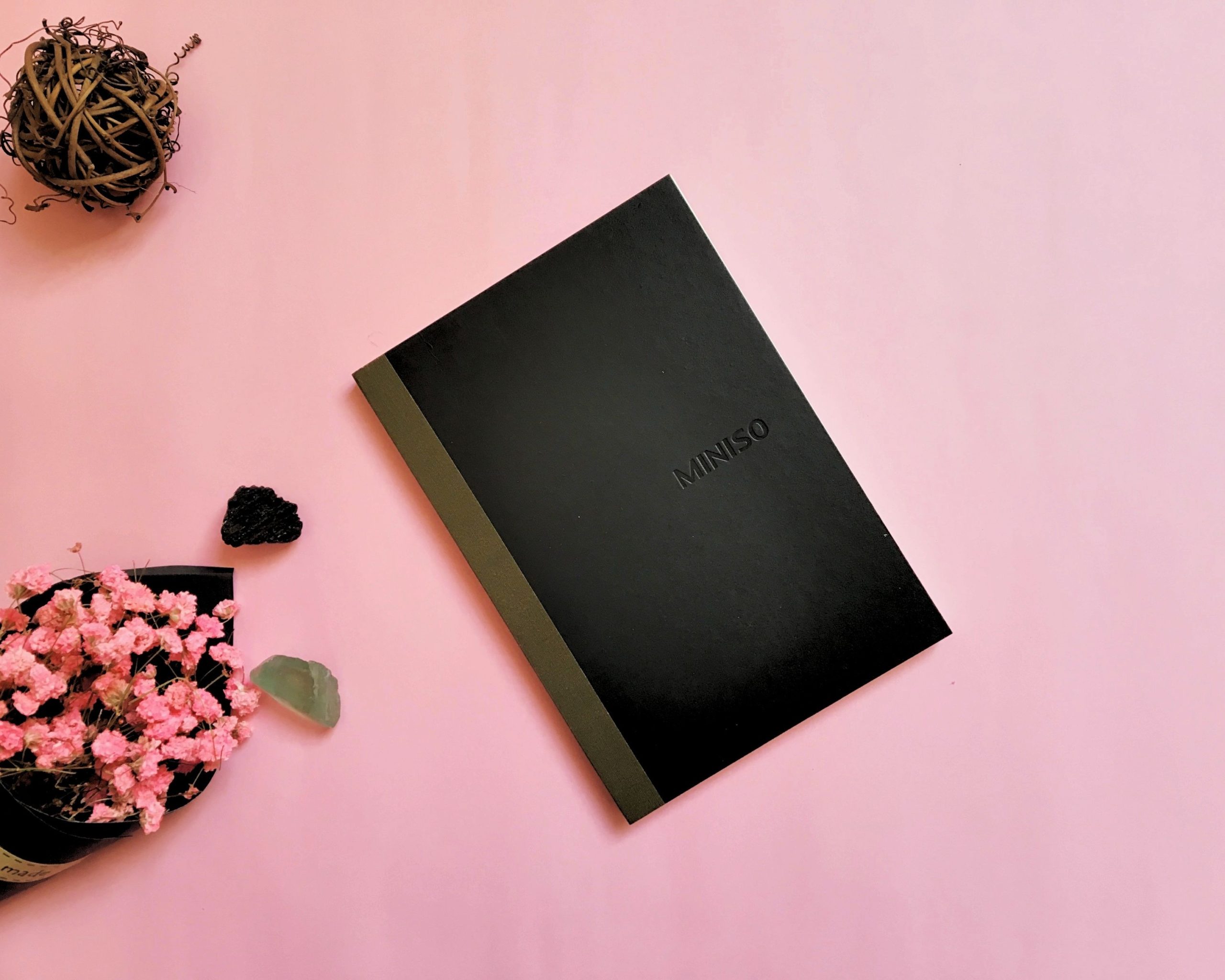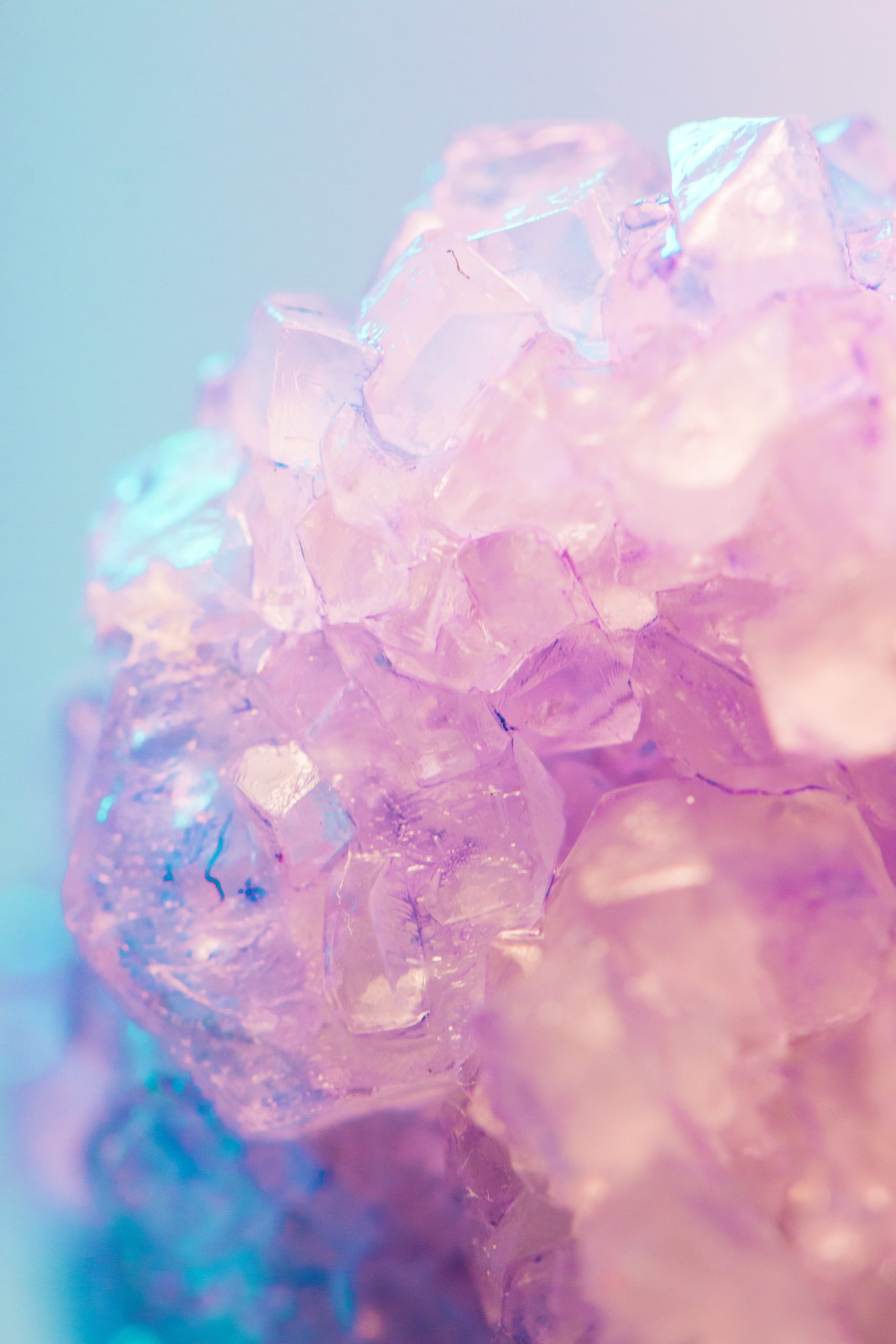While the COVID-19 crisis may find each of us in our own unique version of this weird global nightmare, something that many of us have in common is isolation. To be sure, common features of isolation include loneliness, boredom, and restlessness. On the other side of the coin, however, it’s probably equally common that we experience overstimulation, oversaturation, and negativity, especially if we’re working from home and juggling emails and online meetings, spending constant time around family members with little-to-no alone time, and/or reading too much news!
Being able to work, being among family, and having access to news are all wonderful privileges, but we may need restoration if we find ourselves getting out of balance and in need of softening our minds. In my experience (as an introvert), I find it incredibly helpful to slow down and go inward when too much chaos (on the screen or in my home) has me feeling more negative than usual. When we’re isolating ourselves at home, we likely don’t have our usual ways to “escape” or change scenery when we need a breather. Instead, we have to refresh our minds manually, if you will.
These simple releasing rituals and activities are here to help with that, and they won’t require a large investment of time, space, or materials. Pick and choose what works for you!

Simple Rituals to Release Isolation Negativity & Overstimulation
Just breathe. Breathwork expert Ashley Neese posits that intentional breathing is one of the best ways to shift a negative thought pattern: “The old adage goes, you can’t fix a problem using the thing that caused it in the first place. Never has a truism applied more than it does to negative thinking. If the mind is on a negative thought spiral, then the mind is not the most effective tool to shift that thought pattern; the breath is.” Begin by standing up and setting up your practice intention. Take three short breaths through your nose, and exhale through the mouth in the same fashion. Repeat for two minutes. Rest in stillness for another minute.
Ground yourself. If you’re able, go outside and stand with your bare feet on the earth with a practice called earthing. Take notice of how the texture and temperature of the earth feel on your skin. Lisa Marie Basile, author of Light Magic for Dark Times, explains that doing so can “ease muscular tension, reduce blood pressure, decrease your heart rate, and reduce stress hormones.” Sounds like magic to me!
Try progressive muscle relaxation. This one is especially nice to do after you tuck yourself into bed. The instructions for progressive muscle relaxation can seem a bit complicated, but the idea is simple: if your muscles are relaxed, it’s hard for you to feel tense. This practice really hits the spot if you tend to carry your mental tension and negativity in your body (shoulder tightness, crunched back, etc.) Here are the basics: Begin by tensing your lowermost muscles (toes and feet) for a few counts then quickly release them. Move up to your calves and repeat. Keep moving up your body until you’ve tensed and released everything. (Here’s a more in-depth guide to tensing the various muscle groups.)

Focus on a single thing. Reach for a physical object of special importance. It could be a flower, a journal, a crystal, a pretty bowl, a piece of fruit, a book—anything. Be present with your object. Breathe gently as you focus on the features of the object—its weight, texture, smell, color. Spend about five minutes with your object, and describe it to yourself, beginning with simple observations about its features to more complex observations. Can you notice something you never noticed before?
How are you coping with negativity or overstimulation during isolation?
Also see: Quarantine Fatigue Is Real. 10 Morning Habits To Get You Going
Lack of Focus, Liver Toxicity? Why Choline Is The Little Known Nutrient You Need
Get more like this—Sign up for our daily inspirational newsletter for exclusive content!
__
Photo: Krystal Ng on Unsplash, Krystal Ng on Unsplash




